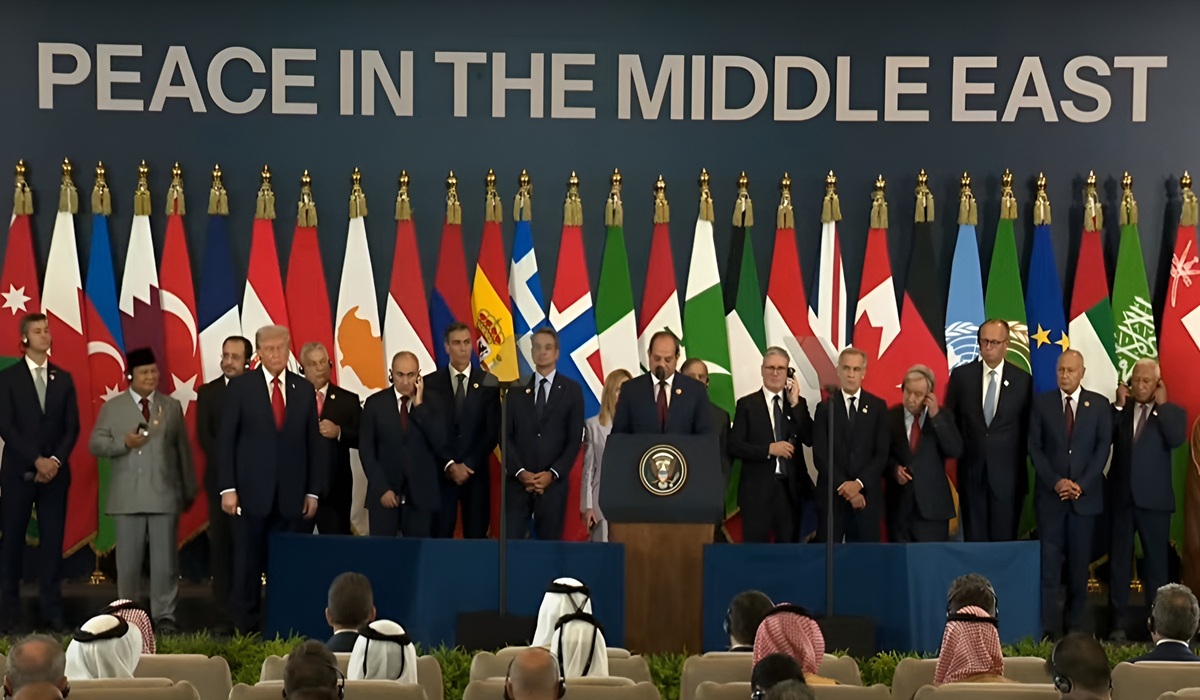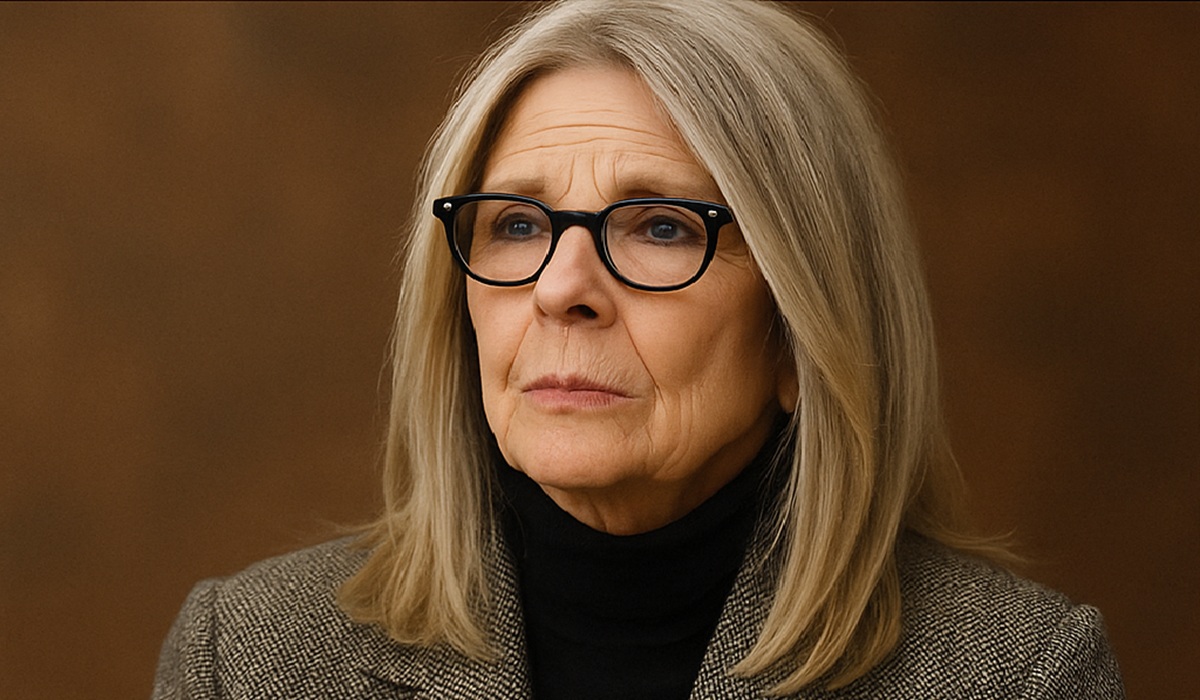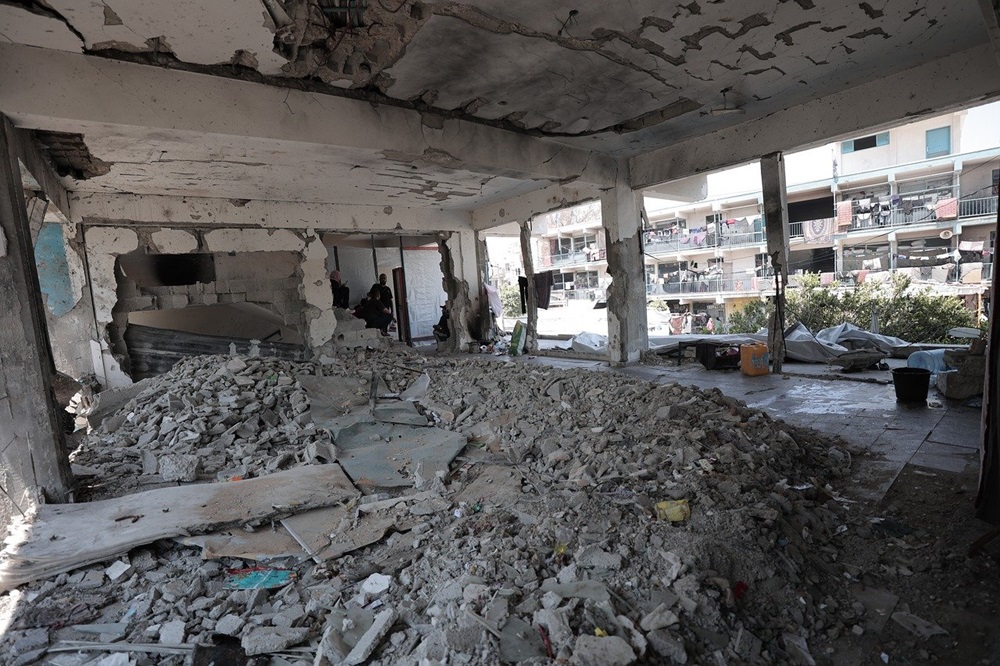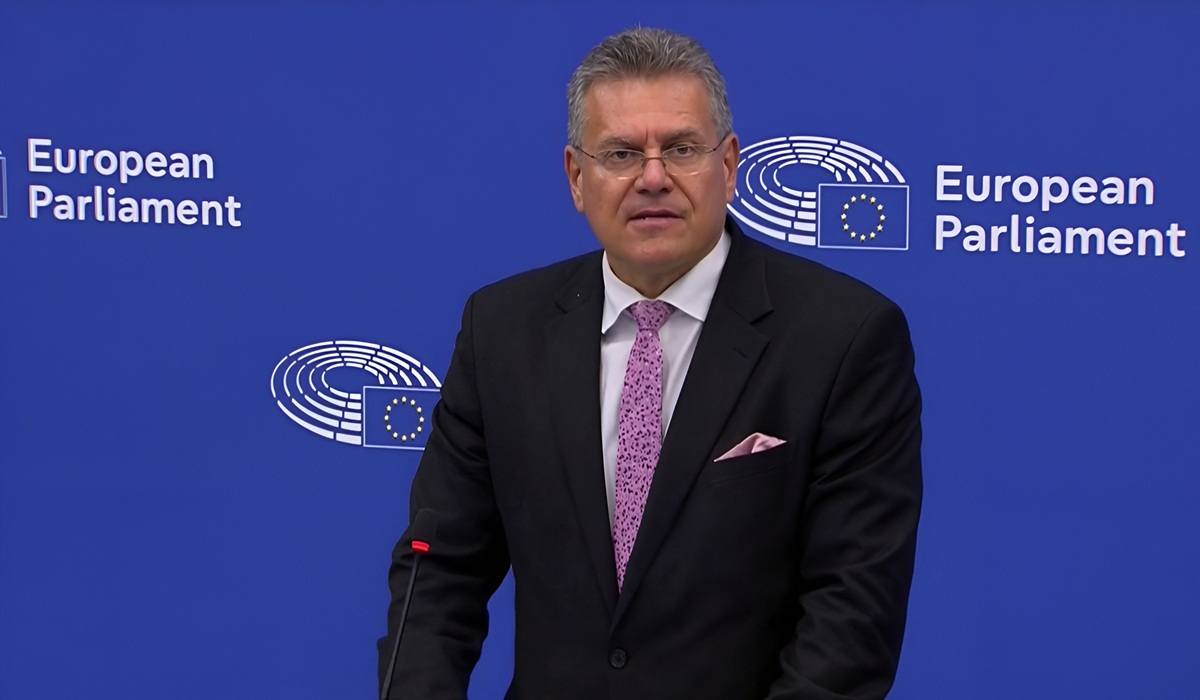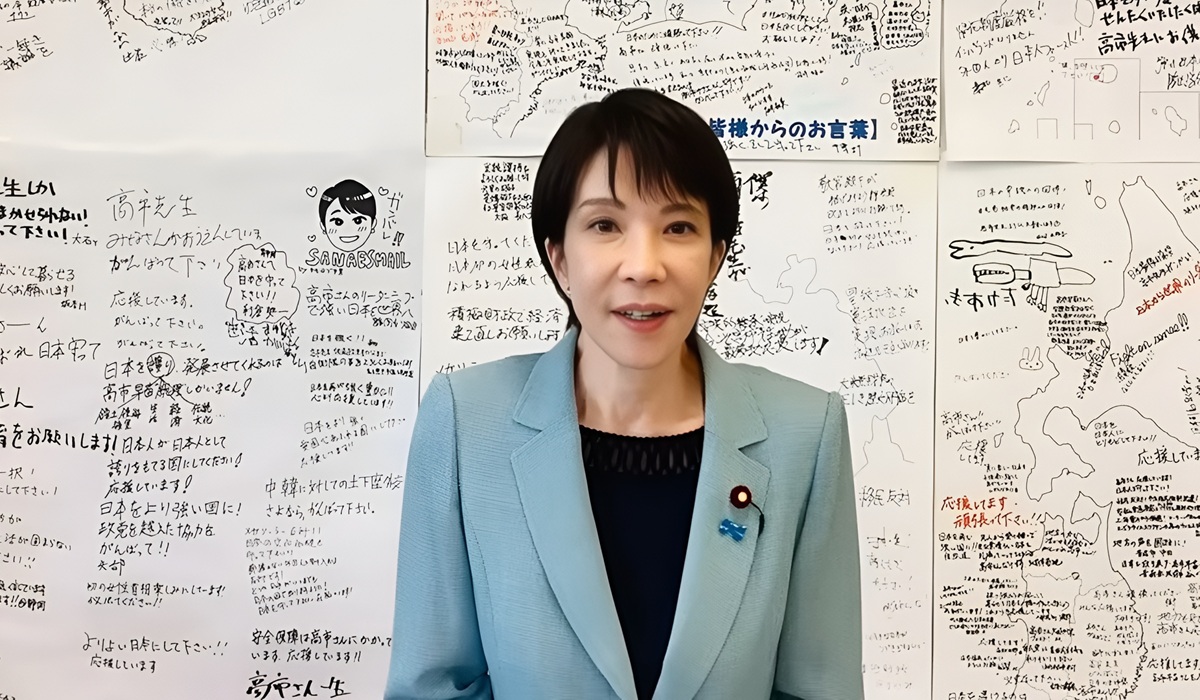Afghanistan’s Earthquake Disaster Meets a Nation Already Shaken
- TDS News
- Breaking News
- September 2, 2025
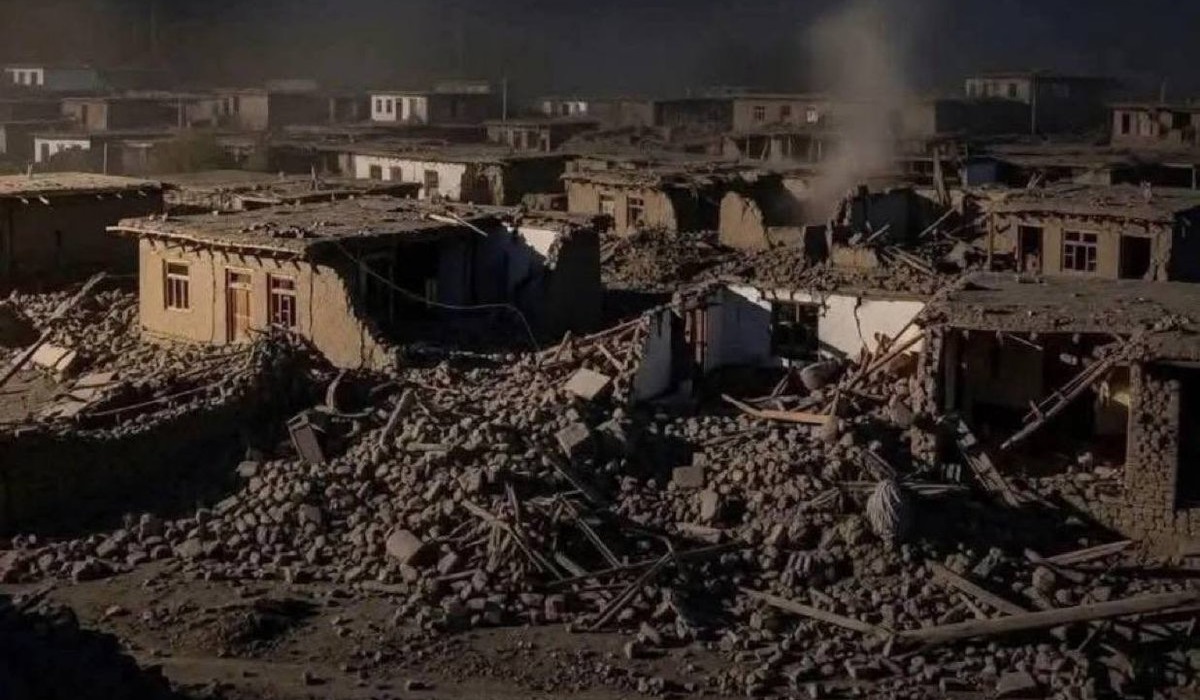
The ground shook violently in Afghanistan this week, unleashing one of the most devastating earthquakes the region has experienced in years. Entire villages were flattened, leaving behind piles of rubble where families once lived. The death toll has already surged past one thousand, with many more injured, and authorities fear the number could rise further as rescuers continue to dig through collapsed homes with their bare hands.
The earthquake, measuring a powerful magnitude, struck in rural parts of Kunar province Afghanistan, where homes are built with little more than mud, clay, and wood. These structures offer no resistance against tremors of this scale. Entire communities disappeared in seconds, with families buried together beneath their fragile shelters. In some areas, entire bloodlines have been wiped out, leaving no one to mourn the dead. Survivors describe a scene of horror: children screaming for parents who will never return, neighbours digging with shovels and sticks in hopes of pulling someone alive from the ruins.
Natural disasters are always devastating, but in Afghanistan the tragedy is compounded by the nation’s fragile political and social landscape. Poverty grips much of the countryside, and even before the earthquake, daily life was already a struggle. What little infrastructure the nation has is woefully unequipped to handle catastrophe. Hospitals are underfunded and overcrowded, roads are poor, and access to basic relief is slow. Now, with thousands injured and homeless, the scale of suffering is difficult to comprehend.
But what makes this moment even more tragic is the question of international aid. For decades, Afghanistan has been caught in a relentless cycle of war, occupation, and internal strife. After twenty years of conflict with the United States and its coalition partners, the Taliban retook control of the country four years ago. Since then, their rule has been defined not by reconstruction or development, but by repression. Women, in particular, have borne the brunt of the Taliban’s policies. They have been stripped of educational opportunities, barred from public spaces, and pushed back into conditions resembling the stone ages.
Compounding this is an even darker reality, one rarely discussed openly but well-known in Afghan society: the practice of “bacha bazi,” or “boy play.” Under this disturbing custom, young boys are forced into sexual slavery by powerful men, often under the guise of tradition. Despite international condemnation, this practice persists in parts of the country, tolerated or ignored by those in power. Together with the subjugation of women, it paints a picture of a society where systemic oppression has been institutionalized, leaving little hope for change under Taliban governance.
Now, the Taliban is appealing to the very world they once fought against. Their officials are calling on the United Nations and international governments to send emergency assistance, food, medical supplies, and rescue teams. The irony is stark: the same rulers who enforced isolation and shunned global cooperation are now desperately asking for help. Yet the response from the international community is cautious at best. Many nations still view the Taliban as terrorists, not legitimate leaders. There is deep reluctance to funnel aid through a regime known for human rights abuses and corruption. Governments fear that money, supplies, or resources will not reach the victims, but instead be hoarded or exploited by Taliban leaders.
This hesitation places the world in a moral dilemma. On one side lies the immediate suffering of ordinary Afghans, innocent civilians who had no say in the Taliban’s return to power. They are the ones buried under collapsed houses, the ones who have lost children, parents, and entire families. On the other side lies the harsh reality that aiding Afghanistan today almost inevitably means working with the Taliban. And for many governments, that is a line they cannot yet cross.
The reluctance is real, and it could prolong the suffering of millions. Relief organizations that do enter Afghanistan face logistical nightmares. Roads are blocked, communications are limited, and access to rural villages can take days. Without robust international support, the disaster will continue to spiral. Rebuilding will not only take months but years, and that is under the best of circumstances. With the country’s economy already collapsing under Taliban rule, there is little to no local capacity to recover.
This tragedy is exposing, once again, the fragility of Afghanistan’s standing in the global order. A nation that once relied heavily on foreign aid during the American occupation now finds itself cut off, its leadership distrusted, and its people left in the middle. The Taliban’s calls for help are being heard, but whether they will be answered remains uncertain.
What is undeniable is that Afghanistan cannot handle this disaster alone. The earthquake has not only destroyed homes but has shaken the very social fabric of the country. Villages are gone, families erased, and survivors traumatized. Yet this devastation is occurring against a backdrop of systemic human rights abuses, where women are treated as second-class citizens and boys are exploited under grotesque cultural practices. The international community is right to be wary, but it is also faced with a humanitarian crisis that cannot be ignored.
If aid is delayed or withheld too long, Afghanistan will see an even greater toll than the earthquake itself. Hunger, disease, and displacement will spread rapidly. Winter is coming, and for those left homeless, survival will become nearly impossible. The Taliban may control the government, but it is the Afghan people—the farmers, the mothers, the children—who will suffer.
How this plays out remains to be seen. Perhaps international organizations will bypass the Taliban and deliver aid directly through neutral channels. Perhaps governments will swallow their mistrust in the name of humanity and step forward with relief. Or perhaps Afghanistan will once again be left to suffer in silence, trapped between an oppressive regime and a reluctant world.
What is certain is that the earthquake has shaken more than the ground beneath Afghanistan’s mountains. It has shaken the world’s conscience, forcing us to ask how much the sins of a government should be allowed to overshadow the needs of its people. It has reminded us that in times of disaster, politics and humanity often collide, and the victims are always those who have the least say.
Afghanistan was already fragile before this earthquake struck. Now, with death tolls rising and homes reduced to dust, the nation faces yet another chapter of suffering. For the Afghan people, recovery will be long and painful, made harder by poverty, oppression, and isolation. For the world, the choice is just as painful: to help a nation led by those still seen as terrorists, or to look away and allow human tragedy to deepen.
History may judge the Taliban harshly, but it will also judge the world by how it responds. The earthquake in Afghanistan is more than a natural disaster—it is a test of humanity itself.


